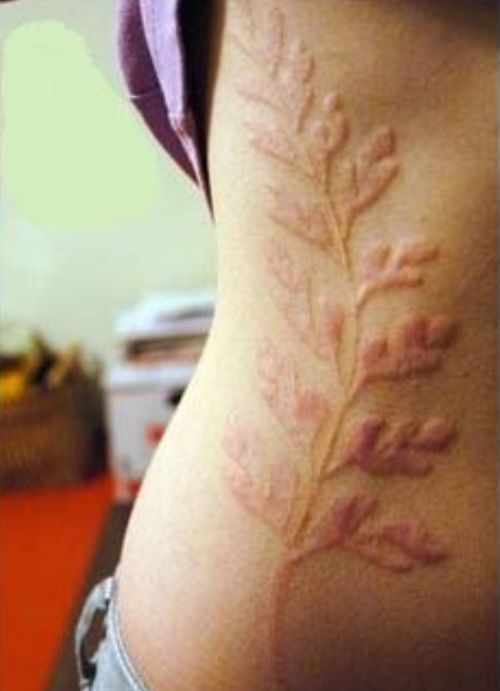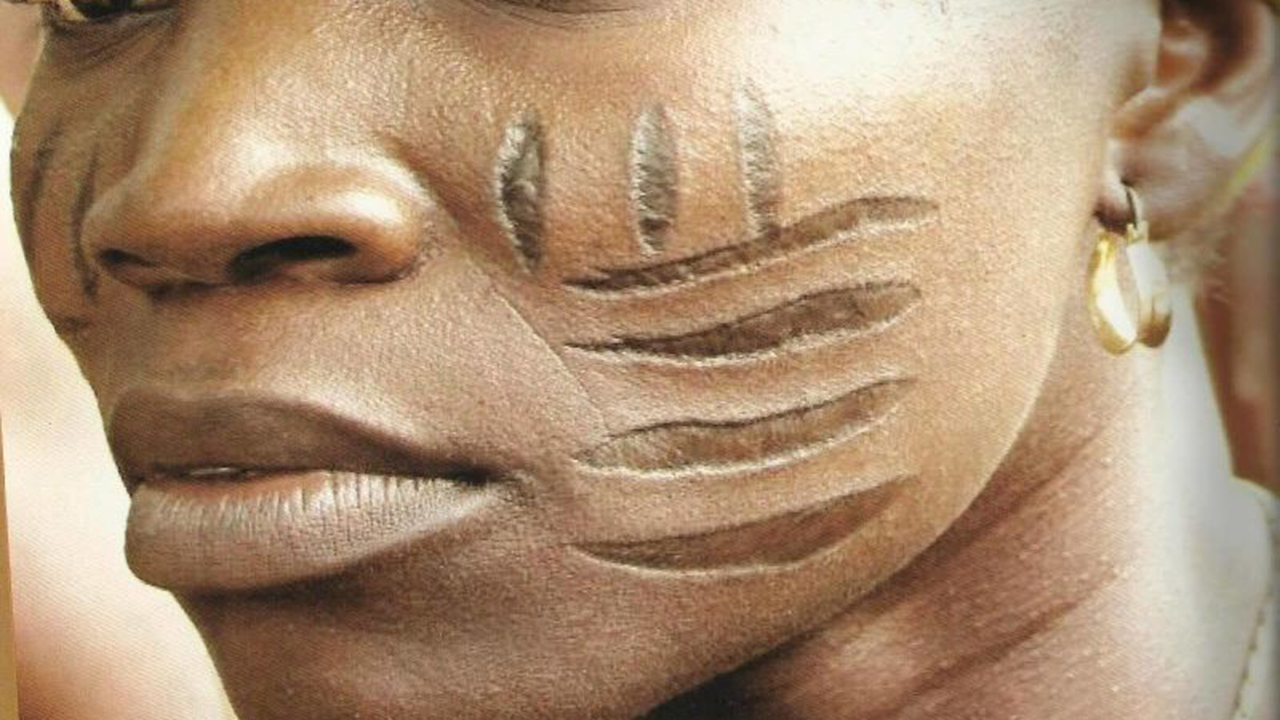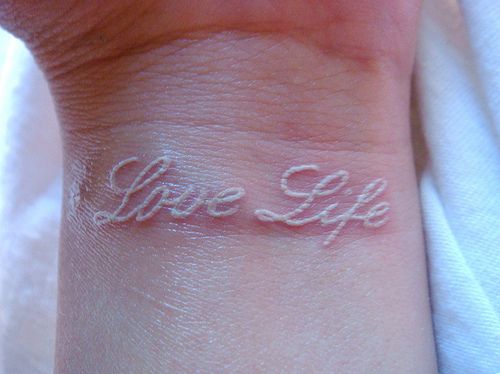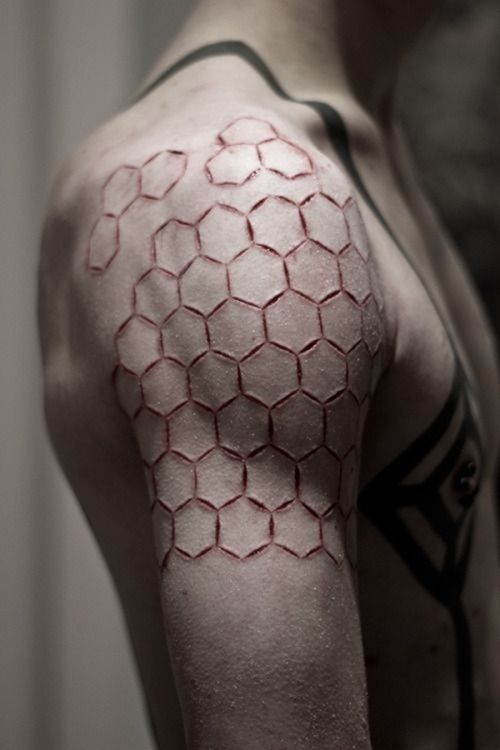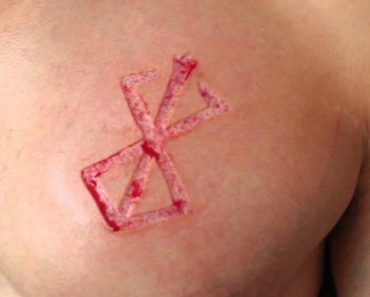Dremel scarification is a form of scarification where layers of skin are ground away with the rotating abrasive tip of rotary tools like a Dremel. The purpose of abrasive scarification is typically to create subtle scarring without having to raise the scar. A bloody technique like this can potentially release pathogens (namely bacteria) into the atmosphere and surfaces surrounding the area where the modification is happening, which is why care needs to be taken to prevent contamination. The scars produced by this method are usually pale and minimally raised, but they can be controlled effectively in terms of contour. As a method of scarification known as the “Mamiya Technique”, it has been named after one of its earliest pioneers, Eizo Mamiya of Tokyo, Japan.
In this article, we will talk further about Dremel scarification and the aftercare of any kind of scarification method. So read on to know about this scarification method. Make sure that you take your doctor’s advice before leaping towards this process.
Dremel Scarification Aftercare
The scarification aftercare process is quite involved in comparison to tattoo and piercing aftercare. In the sections below, we describe how you should care for your scarification piece as you progress in the healing process. Several additional things should be done before getting scarified and continuously throughout the recovery period to ensure that your scarification pieces heal as effectively as possible.
You won’t need to go shopping right after the scarification procedure if you have your scarification aftercare tools ready beforehand. The following items will be needed: medical gloves (use nitrile gloves if you have a latex allergy or intolerance), antibacterial soap such as H2Ocean’s Nothing foam soap, or Tattoo Goo’s deep cleaning soap. Additionally, some fresh paper towels or clean cotton towels, antibiotic ointment, plastic wrap like Precision Medical Cling Film Wrap, medical tape, petroleum jelly, and whatever your scarification artist recommends to use at the right time during the healing process. In comparison with toasted sesame seed oil, a variety of irritants can be used, but if your artist recommends one, use what he or she thinks will work best. All scarification aftercare tools should be stored in a clean, dry place–preferably in a sealed container where they will not be exposed to potentially infectious agents.
To avoid infection, you may want to speak to your family doctor about getting prescribed an antibiotic during the first 7-10 days of healing to ensure that you don’t develop an infection during the scarification process. Additionally to boosting your immune system before and after scarification, you should take precautions to reduce infection risk. You should begin taking a daily vitamin regimen that includes vitamin C, zinc, and a multivitamin before getting your scars scarified. During the healing process, you should continue to take those supplements. Stay hydrated by drinking plenty of water, sleep well and eat well while the scarification piece heals, and avoid other people’s germs as much as possible. Scarification wounds must only be touched with gloves and clean hands. Avoid letting bodily fluids from anyone else come into contact with your wounds. It is important to change your bed linens frequently, as well as wear clean clothes every day. You should avoid communal water sources, such as hot tubs or pools since they are usually prone to bacterial growth.
When the scarification piece has finished healing, avoid applying cosmetics and hair products. All of these substances can negatively impact the healing process in scarification, including alcohol, nicotine, caffeine, aspirin, and illicit drugs. Drinking alcohol, taking aspirin, and taking too much caffeine thins the blood, causing your body to have a harder time forming clots. Nicotine has a systemic effect that slows down your immune system and impedes your body’s ability to properly heal scarring. If you are a smoker, you should consider quitting or at the very least cutting back before you get scarified. If you’re unable to completely quit, swap to an e-liquid with a lower nicotine content if you still wish to smoke. To help reduce your smoking while the scarification piece heals, you can use nicotine lozenges, gum, and patches.
Following each stage of scarification healing, you should modify your aftercare routine a little as detailed below to achieve optimal results. This information should be complemented by the instructions that your artist provides for scarification aftercare. Any of the suggestions below that conflict with those your scarification artist gives you should be followed instead or communicated with your artist so that you can determine what method is most effective.

